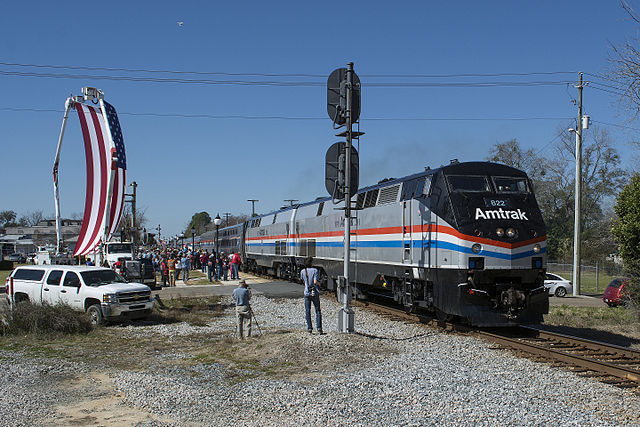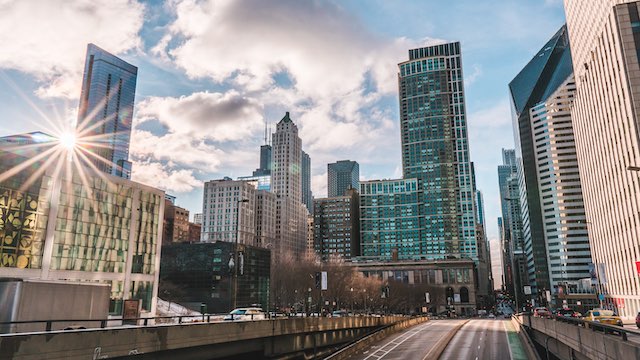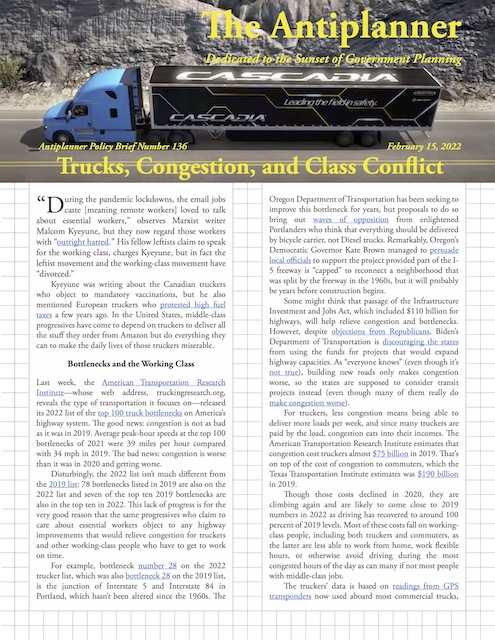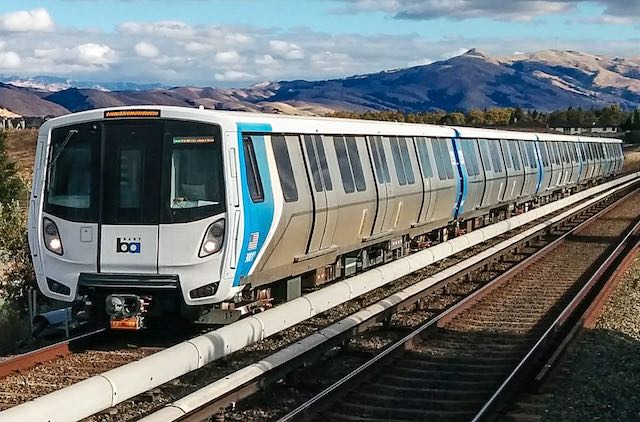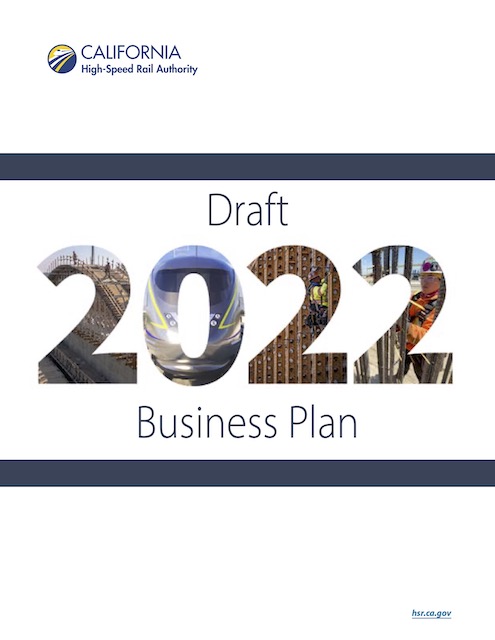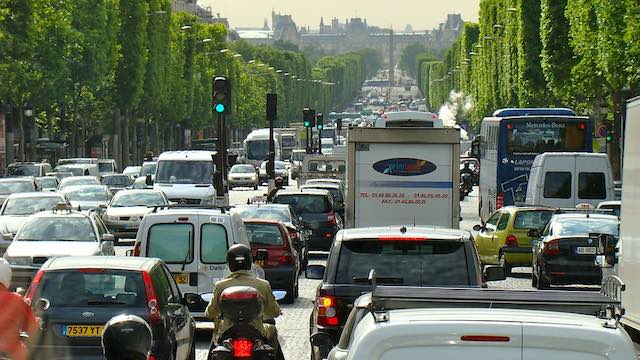Americans drove 14 percent fewer miles in 2020 than in 2019, but state and local highway agencies continued to spend as much money on road improvements and maintenance. State and local highway subsidies increased only slightly, however, as the decline in miles of driving was partly offset by increases in fuel taxes and other user fees.
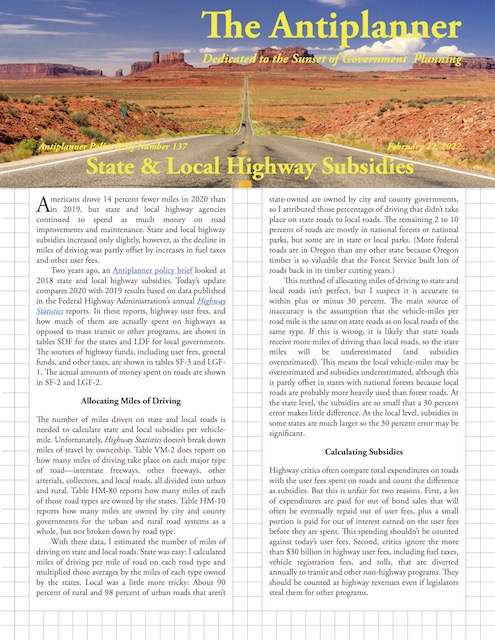 Click image to download a five-page PDF of this policy brief.
Click image to download a five-page PDF of this policy brief.
Two years ago, an Antiplanner policy brief looked at 2018 state and local highway subsidies. Today’s update compares 2020 data with 2019 results based on data published in the Federal Highway Administration’s annual Highway Statistics reports. In these reports, highway user fees, and how much of them are actually spent on highways as opposed to mass transit or other programs, are shown in tables SDF for the states and LDF for local governments. The sources of highway funds, including user fees, general funds, and other taxes, are shown in tables SF-3 and LGF-1. The actual amounts of money spent on roads are shown in SF-2 and LGF-2. Continue reading


